Algorithmic trading aims to address several challenges and problems in traditional manual trading practices. Some of the key problems being addressed in algorithmic trading includes the following:
1. Human Limitations
2. Market Efficiency
3. Risk Management
4. Liquidity and Slippage
5. Backtesting and Optimization
6. Regulatory Compliance
7. Technology Infrastructure
HUMAN LIMITATIONS
Human traders are limited by factors such as reaction time, emotions, and cognitive biases, which can lead to suboptimal decision-making and inconsistent performance. Algorithmic trading automates the trading process, enabling faster execution of trades and removing emotional biases from decision-making.
MARKET EFFICIENCY
Financial markets are highly complex and dynamic, with vast amounts of data and rapid changes in prices. Algorithmic trading algorithms can analyze large datasets and react to market changes much faster than human traders, allowing for exploitation of short-lived inefficiencies and opportunities for profit.
RISK MANAGEMENT
Managing risk is a critical aspect of trading. Algorithmic trading systems can implement sophisticated risk management techniques, such as automatic stop-loss orders, position sizing based on volatility, and portfolio diversification, to help mitigate potential losses and protect capital.
LIQUIDITY AND SLIPPAGE
Large orders in illiquid markets can significantly impact prices, resulting in slippage and reduced profitability. Algorithmic trading strategies can split large orders into smaller ones and execute them over time to minimize market impact and achieve better prices, improving overall trading efficiency.
BACKTESTING AND OPTIMIZATION
Developing and refining trading strategies requires thorough testing and optimization. Algorithmic trading platforms allow traders to backtest strategies using historical data to assess their performance under various market conditions. Optimization techniques can be applied to fine-tune strategy parameters and improve profitability.
REGULATORY COMPLIANCE
Financial markets are subject to various regulations aimed at ensuring fair and orderly trading. Algorithmic trading systems must comply with regulatory requirements, such as pre-trade risk controls, market surveillance, and reporting obligations, to maintain market integrity and investor confidence.
TECHNOLOGY INFRASTRUCTURE
Effective algorithmic trading requires robust technology infrastructure, including low-latency connectivity, high-performance computing, and reliable data feeds. Building and maintaining such infrastructure can be challenging and require significant investment, but it is essential for executing trades with minimal latency and maximizing trading performance.
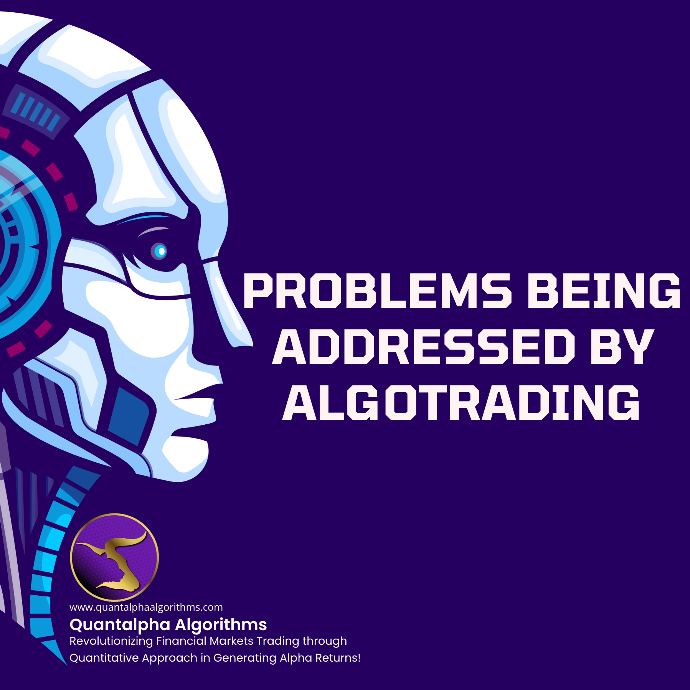
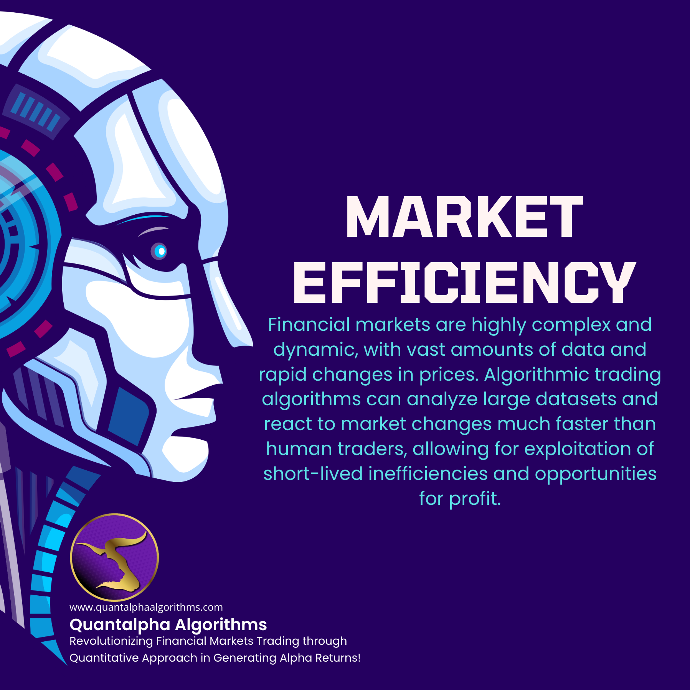

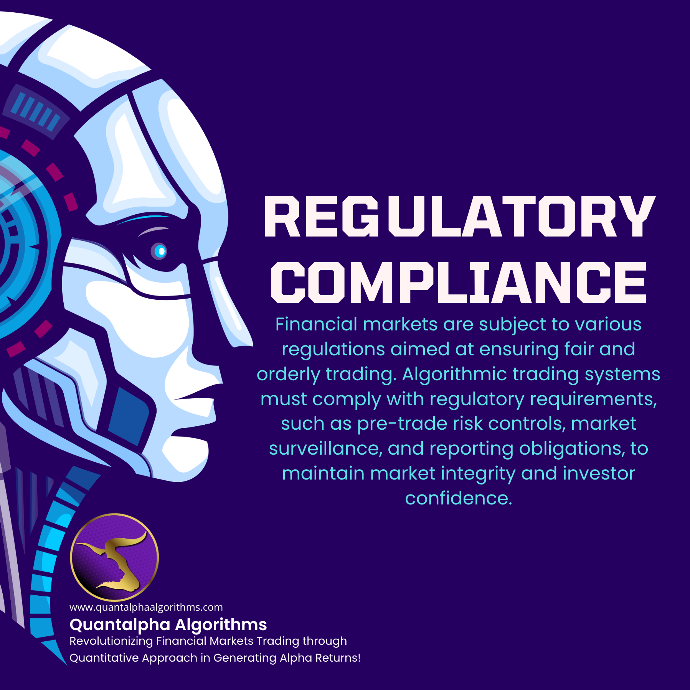
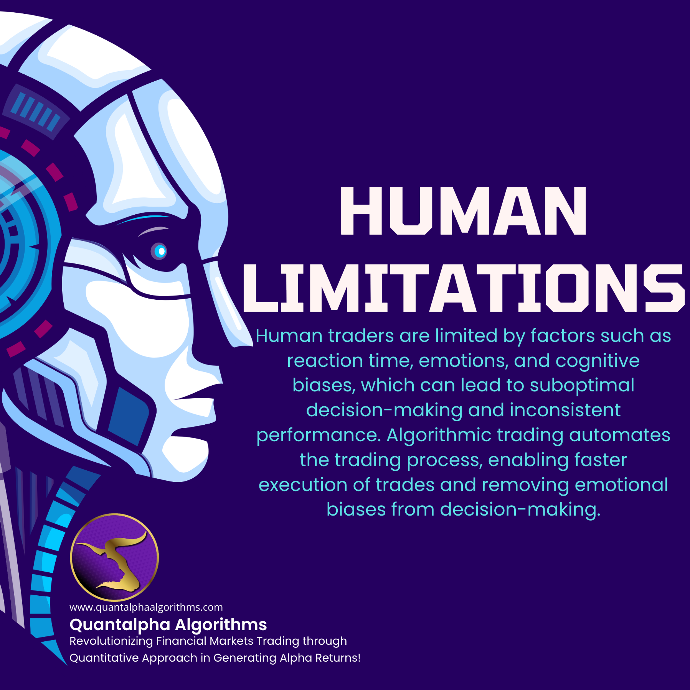
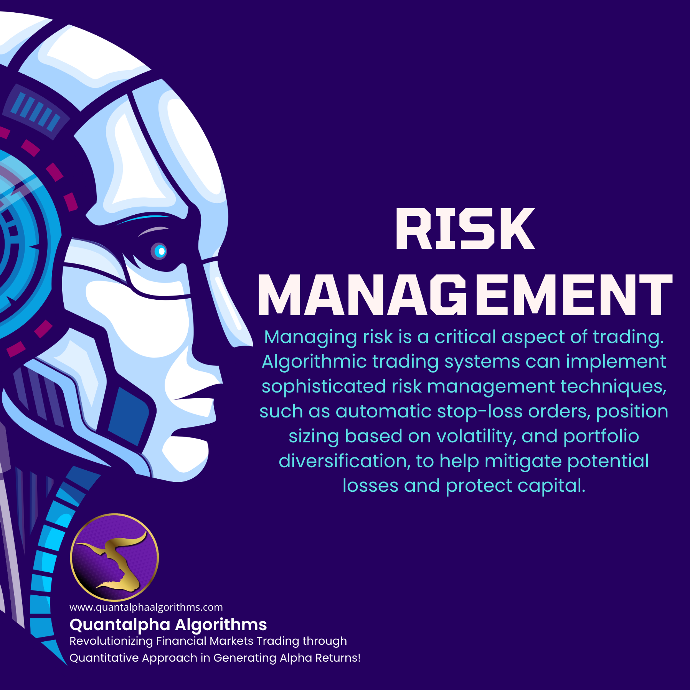
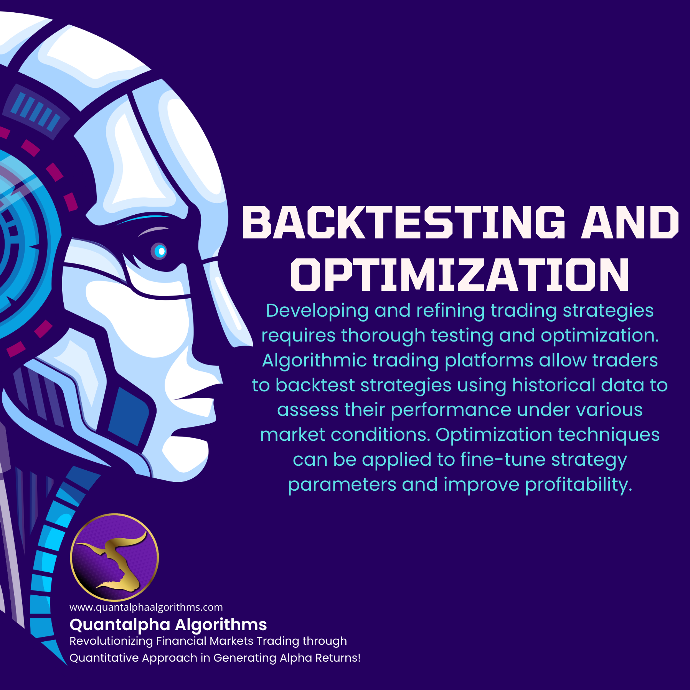
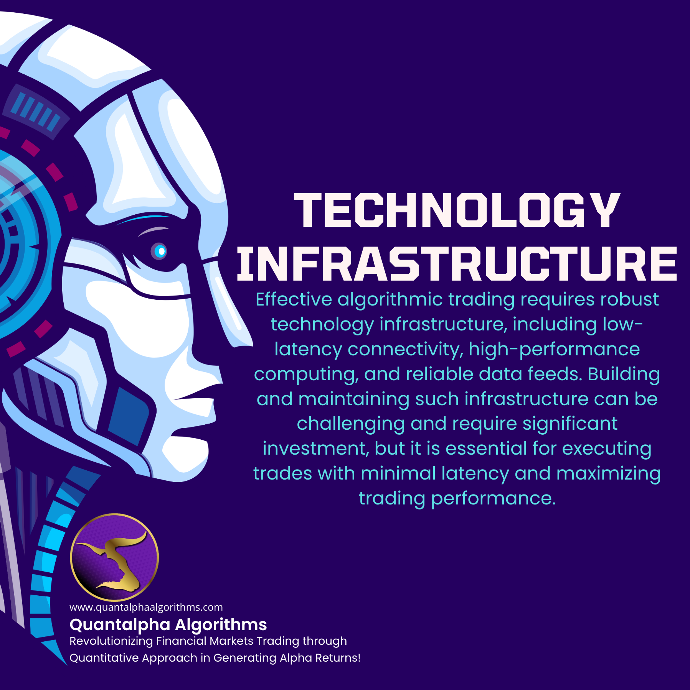
Problems being addressed by Algorithmic Trading